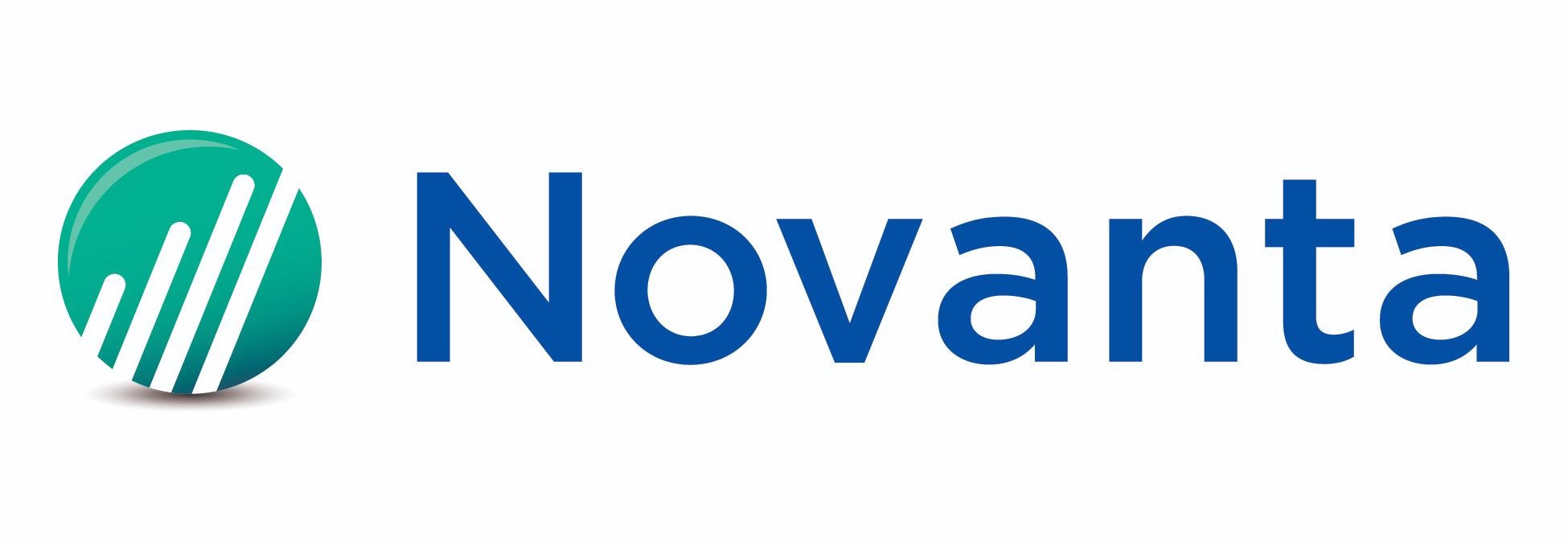Apr 30 2021
Holography is an imaging technique in which an object is imaged such that it appears three-dimensional (3D) when viewed later. This is the fundamental technique for producing holograms that are largely used in a range of fields such as data storage, security, art, etc.
This article explores the prospects of holographic storage of data.
Why is There a Need for Holographic Storage?
Archival storage forms a crucial part of the potential of any enterprise to fulfill compliance demands and address litigation issues. But deep archiving has been difficult to date. Although tapes can be removed and secured, it leads to concerns with readability and long-term reliability.
How Does Holographic Storage Work?
Holographic storage involves producing a light field by using a laser source that illuminates both the recording media and the object. The light scattered from the object interferes with the reference light and thus forms a subsequent interference pattern that generates the image. This process is explained in-depth in this article.
In holographic storage, a sequence of discrete data snapshots is stored inside the thickness of the media. The storage process starts when a laser beam is split into two signals.
One of the beams serves as a reference signal and the other one (called the data-carrying beam) passes through a device called a special light modulator (SLM). This device serves as a fine shutter system by allowing light to pass through and blocking it at points corresponding to ones and zeroes.
Then, the reference beam is reflected to infringe on the data-carrying beam inside the media. This generates a 3D refraction pattern, or the hologram, which is captured in the media.
Holographic storage involves using circular media, quite similar to a blank CD/DVD that spins to take in data over a continuous spiral data bath. While writing the media, data is read back with the illumination of the refraction by the reference beam.
The 3D aspect of data recording is a crucial difference between standard CD/DVD recording and holographic storage. Conventional optical media uses a single laser beam for writing data in two dimensions across a continuous spiral data bath.
By contrast, prototype holographic storage devices can instantly save one million pixels in discrete snapshots, also called pages, which create microscopic cones across the thickness of the light-sensitive media. It is possible to store more than 4.4 million individual pages on a disk.
Benefits of Holographic Storage
When it comes to deep archiving, long-term reliability and media stability are the irresistible benefits of holographic storage, specifically when compared to tape and disks that cannot offer reliability over a long time. Holographic storage is portable, enabling the distribution of dense data that cannot be transferred easily across other networks like high-definition video or broadcast.
Holographic storage is also attractive for short-term backups and archives with companies starting to depend much less on tape backups. Holographic storage bound to a virtual tape library could be a useful alternative to tapes.
Although the performance and capacity of holographic storage are less than existing tape and disk systems, they compare favorably to current optical storage devices.
Holographic storage technology focuses generally on a niche in the storage market, and thus, more cost-effective and capable systems could need some more time to be produced. But this process could be accelerated by the potential launch of hybrid holographic media.

This information has been sourced, reviewed and adapted from materials provided by Laser Quantum Ltd, a Novanta Company.
For more information on this source, please visit Laser Quantum Ltd, a Novanta Company.